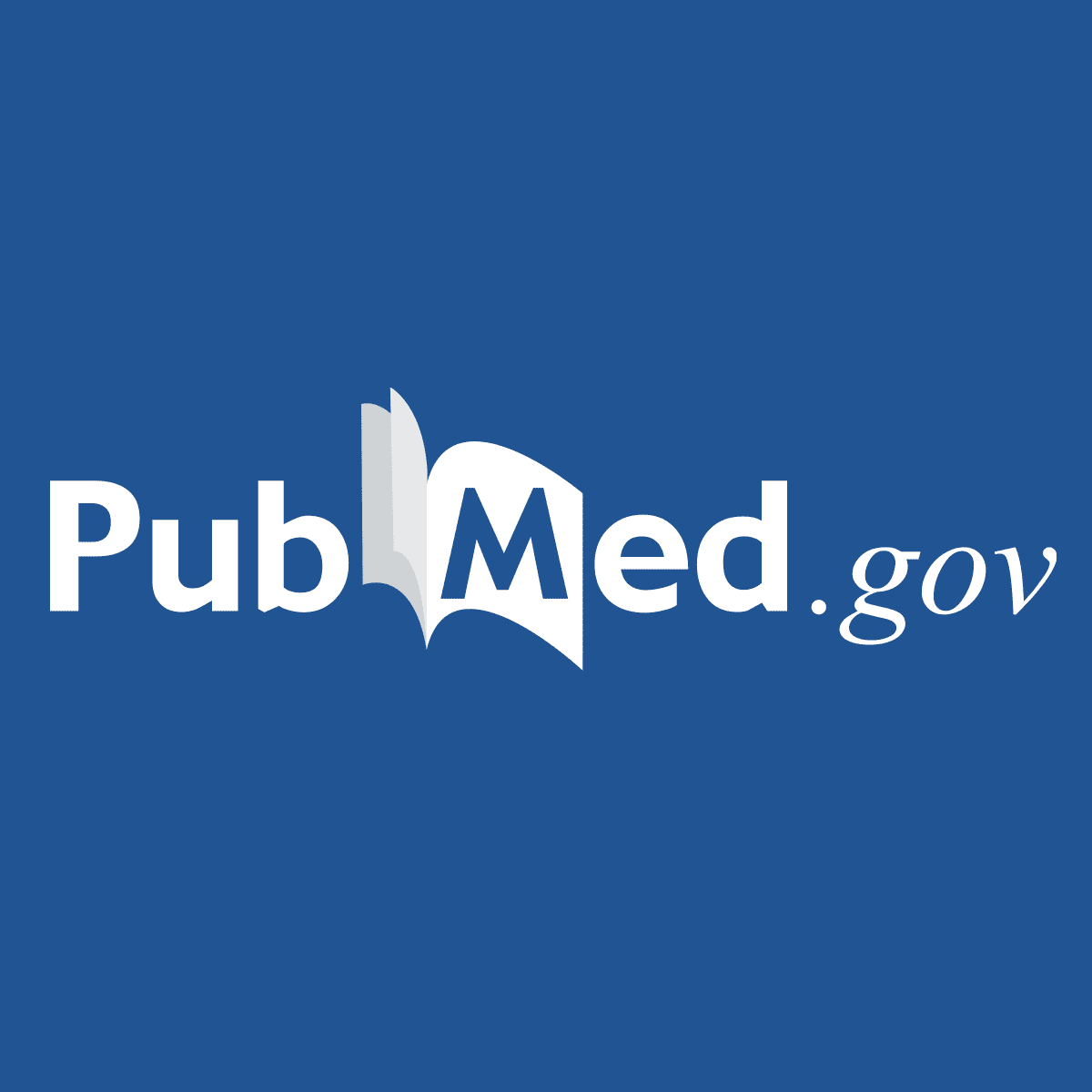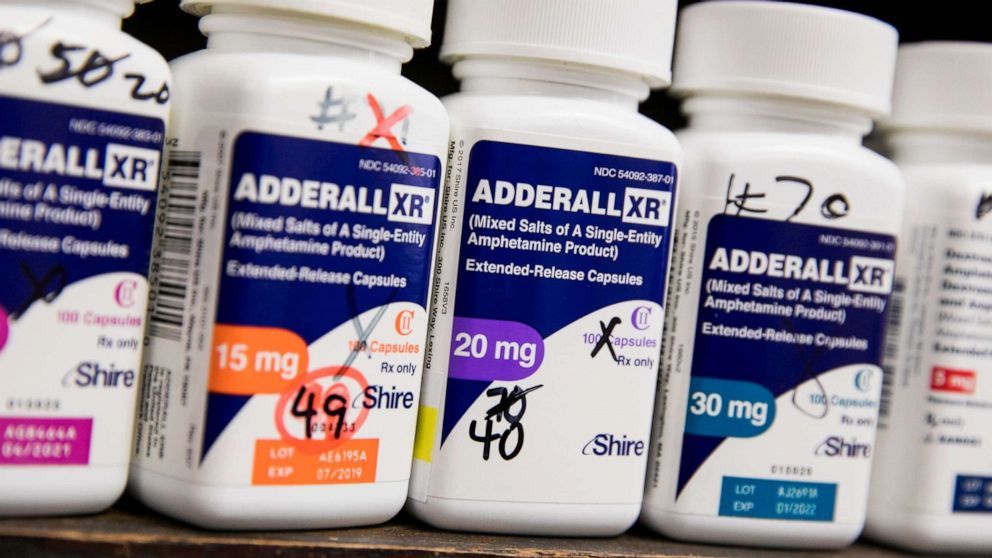OP
Peatness
Guest
Clinical Features Associated With Hypocalcemia
Neuromuscular irritability
|
Neurological signs and symptoms
|
Mental status
|
Ectodermal changes
|
Smooth muscle involvement
|
Ophthalmologic manifestations
|
Cardiac
|
Follow along with the video below to see how to install our site as a web app on your home screen.
Note: This feature may not be available in some browsers.
Click Here if you want to upgrade your account
If you were able to post but cannot do so now, send an email to admin at raypeatforum dot com and include your username and we will fix that right up for you.
Neuromuscular irritability
|
Neurological signs and symptoms
|
Mental status
|
Ectodermal changes
|
Smooth muscle involvement
|
Ophthalmologic manifestations
|
Cardiac
|

 acountrydoctorwrites.blog
acountrydoctorwrites.blog







 www.hormonesmatter.com
www.hormonesmatter.com






 www.truthforhealth.org
www.truthforhealth.org






